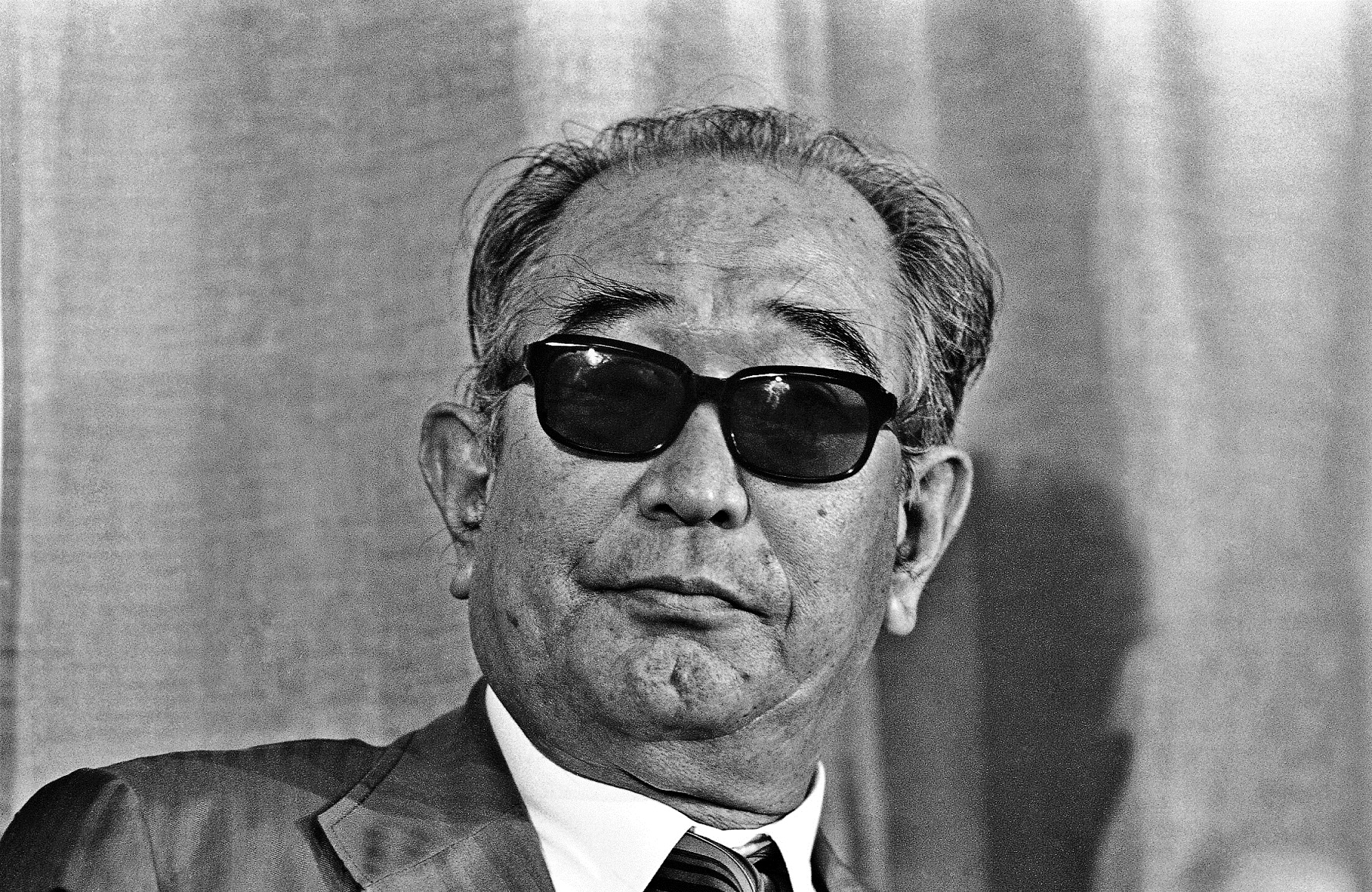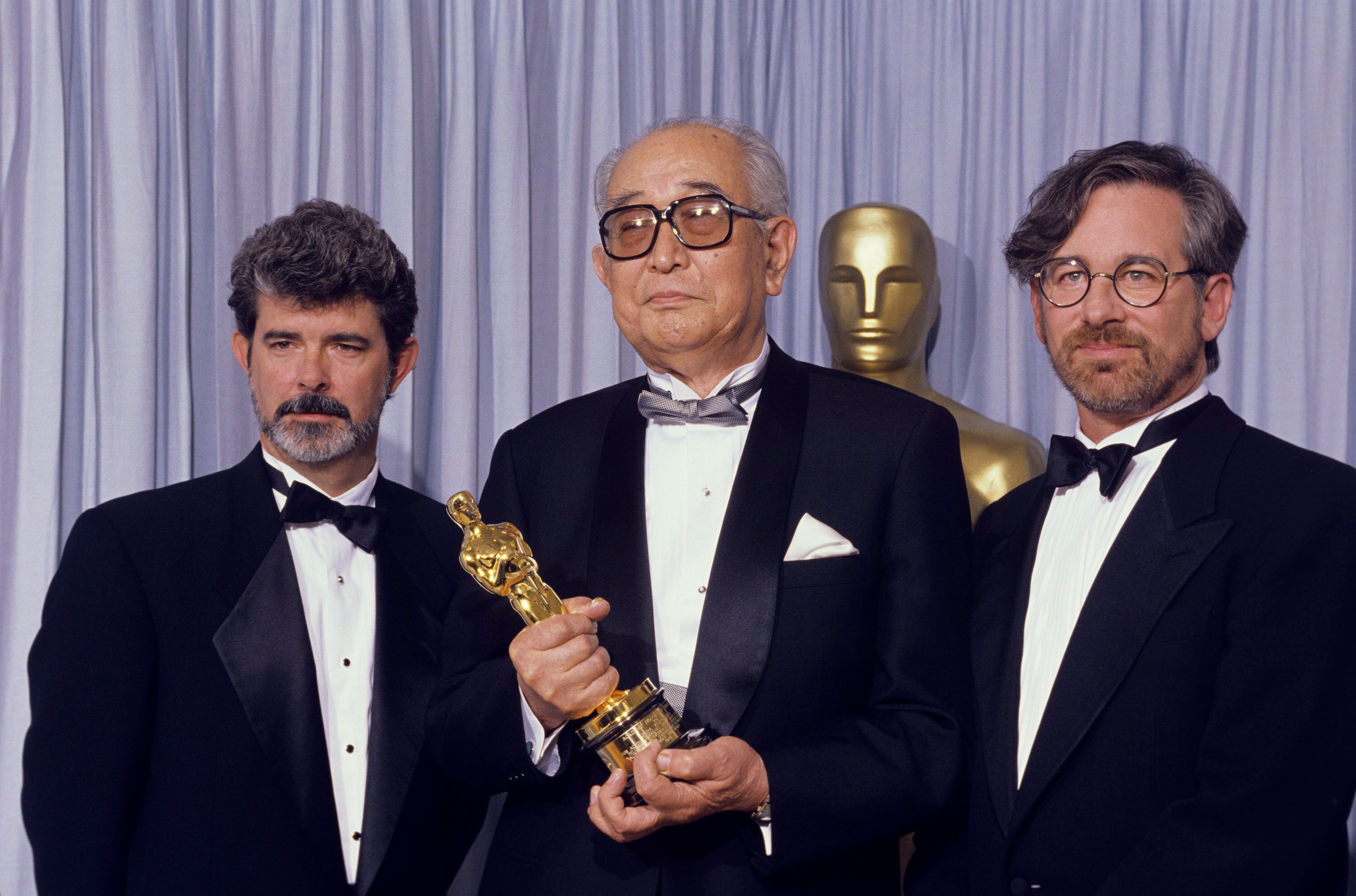Akira Kurosawa (黒澤 明 or 黒沢 明, Kurosawa Akira?, March 23, 1910 – September 6, 1998) was a Japanese film director, producer, screenwriter and editor. Regarded as one of the most important and influential filmmakers in the history of cinema, Kurosawa directed 30 films in a career spanning 57 years.
Trivia
His films are frequently copied and remade by American and European filmmakers.
In December 1971, after a period of suffering from mental fatigue and frustrated with a run of unsatisfying and sub par directing work, Kurosawa attempted suicide by slashing his wrist thirty times with a razor. Fortunately, the wounds were not fatal and he made a full recovery.
Because he could not get film financing for a period of time in his career, he directed and even appeared in Japanese television commercials.
Although the Japanese press tried to paint him as a tyrant, almost all of his casts and crews agreed he was a much more cool and detached presence on sets. Many also described him as "intense".
He was voted the 6th greatest director of all time by Entertainment Weekly, making him the only Asian on a list of 50 directors and the highest ranking non-American.
Kurosawa worshipped legendary American director John Ford, his primary influence as a filmmaker. When the two met, Ford was uncommonly pleasant to the younger Japanese filmmaker and afterwards Kurosawa dressed in a similar fashion to Ford when on film sets.
Unbeknownst to many people, Kurosawa had always wanted to make a Godzilla film of his own, but the executives at Toho Co., Ltd. (the Japanese studio that produces all the Godzilla films) wouldn't let him because they feared it would cost too much.
According to his family, he rarely thought about anything other than films. Even when at home, he would sit around silently, apparently composing shots in his head.
His two favorite actors to work with were apparently Takashi Shimura and, more famously, Toshirô Mifune. Kurosawa made 16 films with Mifune (almost always in a leading role) and 21 films with Shimura (in either a leading or supporting role).
He worked with most of his cast and crew members repeatedly, similarly to the way his idol John Ford used the same people again and again. When Kurosawa was at his working peak, it was widely thought that if he didn't work with an actor or crew member again, the implication was that he did not like them.
Several of his films have been remade in America as westerns. Seven Samurai (1954) ("The Seven Samurai") was remade as The Magnificent Seven (1960), and Yojimbo (1961) ("The Bodyguard") was remade as A Fistful of Dollars (1964). In addition, The Hidden Fortress (1958) ("The Hidden Fortress") was a major inspiration for the "Star Wars" saga, which takes many inspirations from westerns and is often referred to as a space western. Common story elements include Gen. Makabe, who became Obi-Wan Kenobi; Princess Yuki, who became Princess Leia and whose trick of disguising herself as a handmaiden would later be used by Queen Amidala; and the farmers from whose viewpoint the film is told, Matashichi and Tahei, whose constant bickering inspired C-3PO and R2-D2.
He was infamous for his perfectionism. Among the related tales are his insisting a stream be made to run in the opposite direction in order to get a better visual effect, and having the roof of a house removed, later to be replaced, because he felt the roof's presence to be unattractive in a short sequence filmed from a train. He also required that all the actors in his period films had to wear their costumes for several weeks, daily, before filming so that they would look lived in.
Although his "samurai" films are considered the archetypal samurai films over the rest of the world, they were actually considered atypical in Japan. Most Japanese samurai films had been set in the 18th & 19th centuries, when a peaceful Japan was at the peak of its nationalism, with the largest number of bushido code-adhering samurai. Kurosawa's films typically feature individualistic "ronin" (masterless samurai) rather than true "samurai" and a majority are set in the far more chaotic feudal periods (16th-17th centuries) when the Japanese were engaged in civil war.
He was a fan of the work of Sergei M. Eisenstein, who, like Kurosawa, edited his own films.
He believed his years as an assistant director were invaluable. In Japanese cinema at that time, assistant directors dabbled in virtually every aspect of film production and Kurosawa, among other things, learned all about editing, set-decorating, costume-design and working with actors. Almost all of the assistant directors in Kurosawa's day were aspiring to become full-fledged directors. He felt that it was a shame that, in more modern Japanese cinema and in America, the assistant director doesn't accrue as much experience and usually permanently stays as an assistant director throughout his career and that there would be a great number of excellent directors had they had his training.
Many of the characters in his period films were loosely based on historical figures.





 Reply With Quote
Reply With Quote




